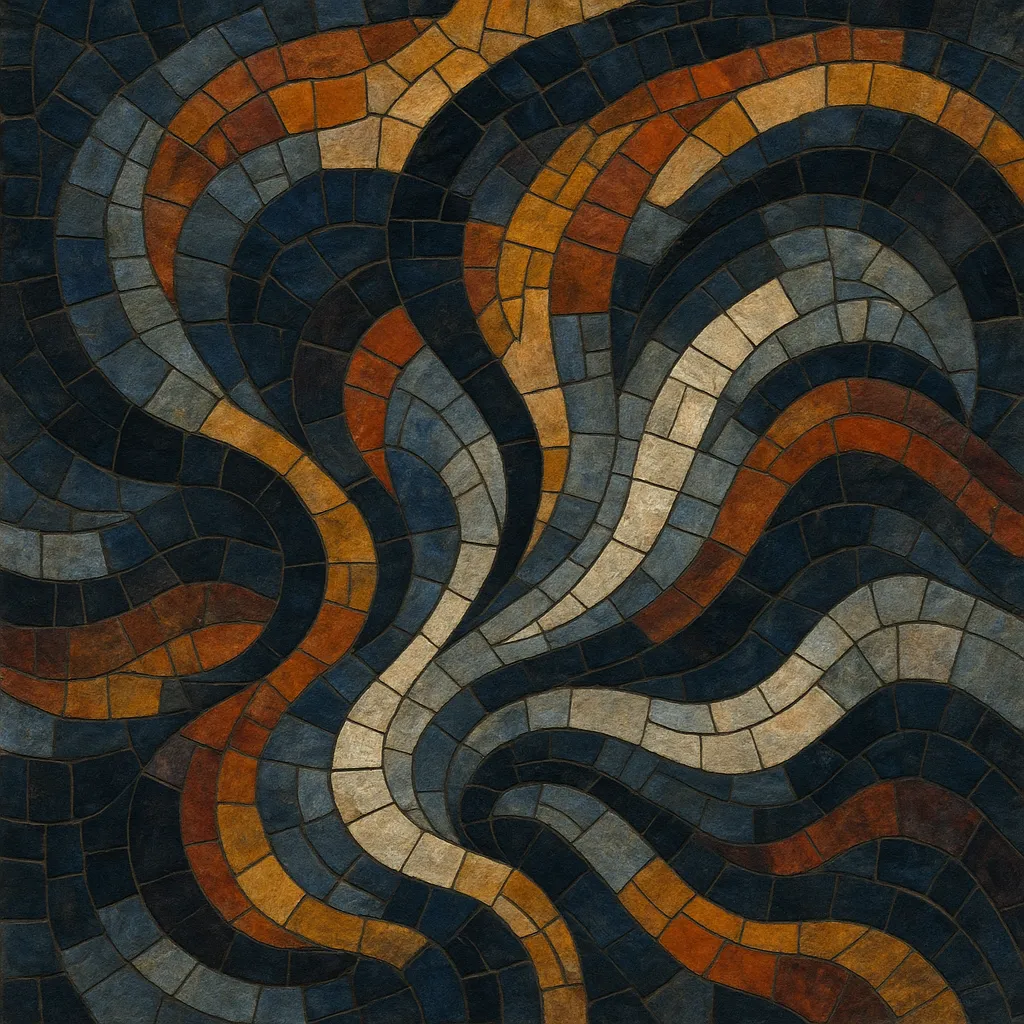
Post-minimalism is a strand of contemporary classical music that grows out of 1960s minimalism but permits greater harmonic variety, expressive shaping, and formal narrative.
It retains hallmarks such as steady pulse, repetitive patterns, and clear tonal or modal centers, yet loosens strict process rules, welcomes richer orchestration, and often draws on influences from rock, jazz, and non-Western musics.
Compared with early minimalism’s austere procedures, post-minimalist works tend to feature long-arching climaxes, brighter triadic harmony, layered ostinati, and dynamic textural changes, yielding music that can be both hypnotic and overtly dramatic.
The style appears in concert works, opera, chamber music, and film, where its driving pulse and luminous harmonies translate into compelling narrative momentum.
The term post-minimalism in music emerged as composers sought the rhythmic clarity and repetition of minimalism while reintroducing broader harmonic palettes and expressive goals. William Duckworth’s Time Curve Preludes (1977–78) is frequently cited as an early landmark, blending steady patterns with modal/tonal shifts and historical allusions. The movement took root in the United States, especially around New York’s downtown scene, where the minimalist legacy intersected with experimental and electroacoustic practices.
During the 1980s, figures such as John Adams, Michael Nyman, Gavin Bryars, and Louis Andriessen brought the style to larger forms—symphonic works, operas, and concertos—with amplified rhythmic drive, brighter triadic harmony, and dramatic pacing. These composers bridged concert hall and popular sensibilities, and the approach gained visibility through major premieres and recordings.
In the 1990s, the Bang on a Can community (David Lang, Michael Gordon, Julia Wolfe) crystallized a post-minimalist ethos that was collaborative, amplified, and open to rock, world, and electronic influences. Ensembles and festivals nurtured a repertoire that preserved repetition and pulse but emphasized coloristic orchestration, polyrhythms, and narrative form. The language spread internationally, supported by labels, conservatories, and cross-Atlantic networks.
Post-minimalist techniques became common in film and television scoring because their motor rhythms and glowing harmonies support storytelling effectively. Composers continue to adapt the style to multimedia, opera, and orchestral commissions, while younger artists blend it with ambient, electronic, and post-rock textures. Today, post-minimalism stands as a flexible, narrative-friendly continuation of minimalism’s core ideas.

